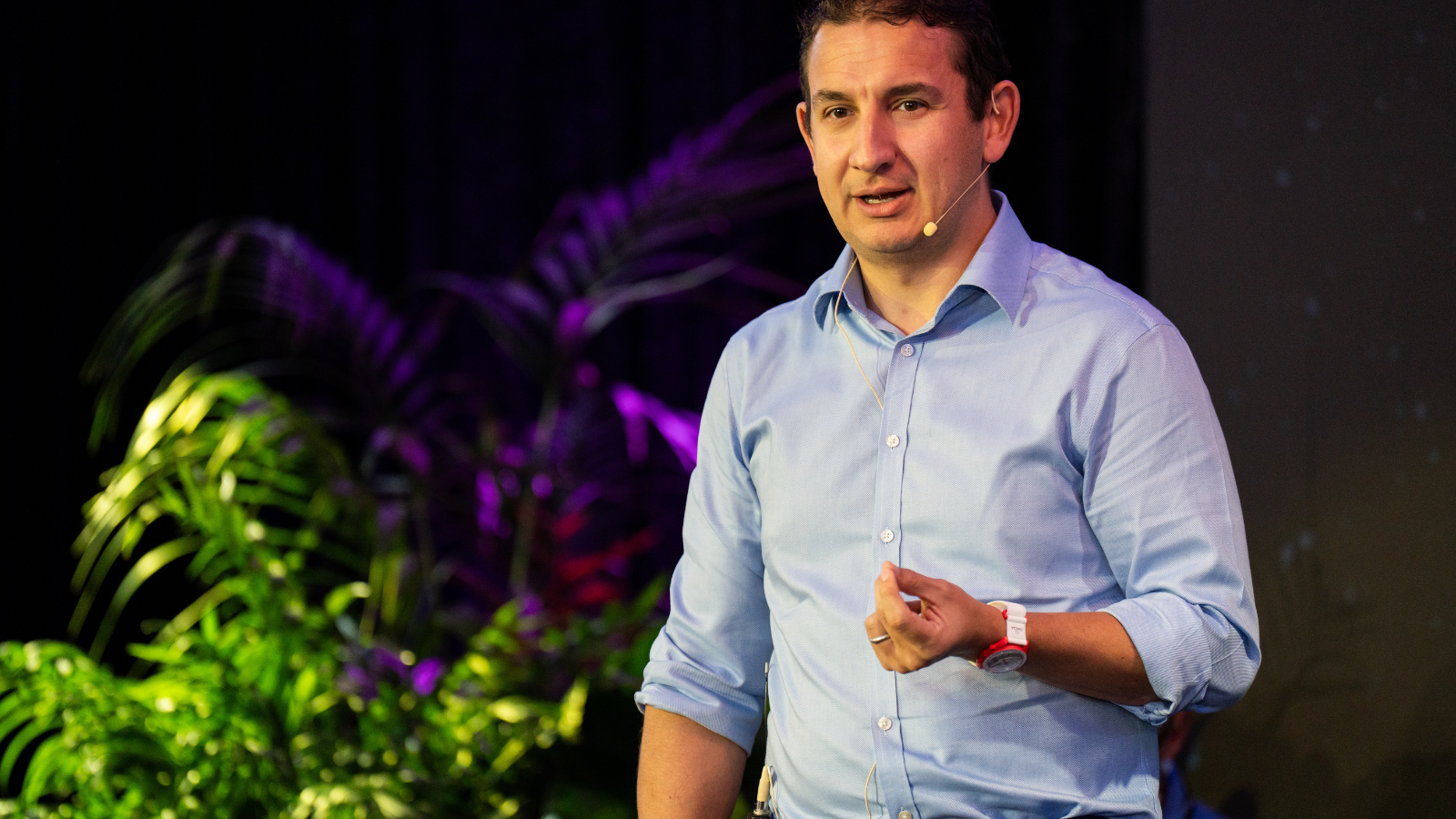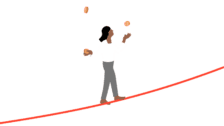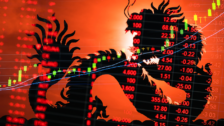‘The triumph of hope over reality’: Why Ruffer expects higher, more volatile inflation
At the beginning of Alex Lennard’s presentation during The Inside Network’s Investment Leaders Forum in Noosa last week, he asked everyone to indicate where they thought US inflation would be in two years’ time. There was a range of predictions, from zero to above four per cent.
For those that believe interest rates would once again circle close to zero, as they did up until 18 months ago, he had a strong counter-point.
“The contention that I’m going to pose today… is that actually inflation is not going back to where we were for the last four decades,” Lennard said.
In fact, he told a room full of financial advisers, investment managers and economists, in two years Ruffer believes the US inflation rate will be “higher and more volatile than we have experienced for most of the careers of everyone operating in this room”.
It was a startling prognostication from the British investment company, given most economists tend to believe US inflation is at or close to its zenith. The rise in US underlying inflation for October was the smallest it’s been in two years, with the price of gasoline actually declining 5 per cent after a 2.1 per cent September increase.
The reasoning, he explained, has a lot to do with damage already inflicted on the economy by strong and sustained stimulus packages, which can only be undone one way.
Central bank policy has been incredibly strident,” he said. “Interest rates have risen a lot, and this has done a huge amount of damage to the safest assets in the world. US Treasuries have lost money for three years in a row. That hasn’t happened for the careers of everyone operating this room. In fact, only twice in the last 100 years has the safest asset in the world has lost money.
“The only way that you can really get inflation out of the system is to have a recession and a hard landing,” he continued.
That should make investors nervous, but it isn’t. “So far, investors disagree,” he said, noting that investors are being rewarded for risk premia.
The discordance is putting central bankers in what Lennard characterised as a “difficult predicament”; restrain the economy or restrain consumers. Inflation stability, in other words, or growth stability.
It’s a conundrum being faced by central bankers the world over. In the US, however, growth is king.
“We think when faced with this decision of financial stability, or inflation stability, it’s pretty clear which one is going to be sacrificed,” he said. “We operate in a world that cannot tolerate lower growth, so we should accept higher and more volatile inflation as a consequence of that.”
We are in, Lennard said, a “new paradigm” where inflation will be tolerated in order to maintain the growth and support the level of debt that exists nearby in the real economy.
Investors will need to pick their way through this new environment, beset by increasingly volatile inflation, carefully.
“Protection against this environment will need to be key. We need to respect the lags. Just because there hasn’t been a recession yet doesn’t mean there isn’t going to be one.
“If you’re in a world where there’s going to be more volatile inflation, we should expect fatter tails,” Lennard said, before adding, tongue firmly in cheek: “Yes, this is going to be a harder world, but it’s gonna be a whole lot more exciting.”
As for the people who think US inflation will fall to zero in two years, Lennard admires their optimism. “Potentially that is the triumph of hope over reality,” he said.











